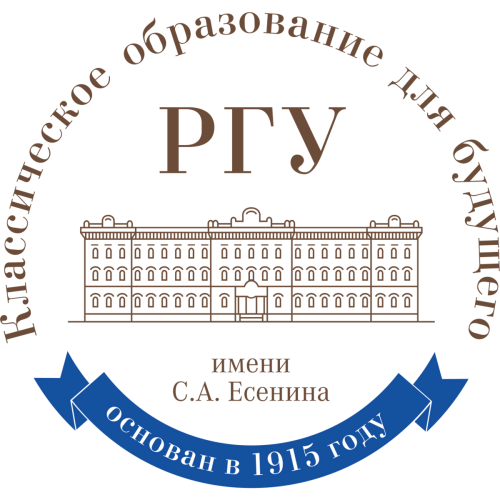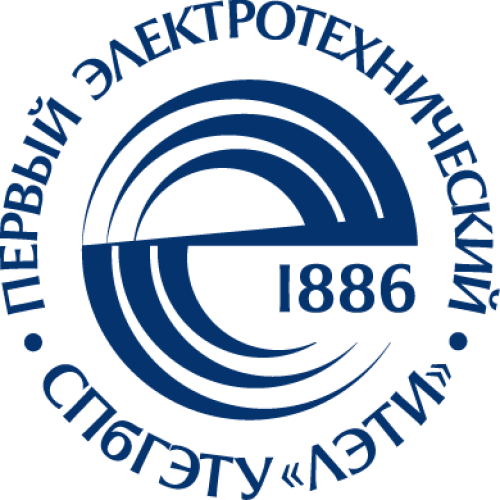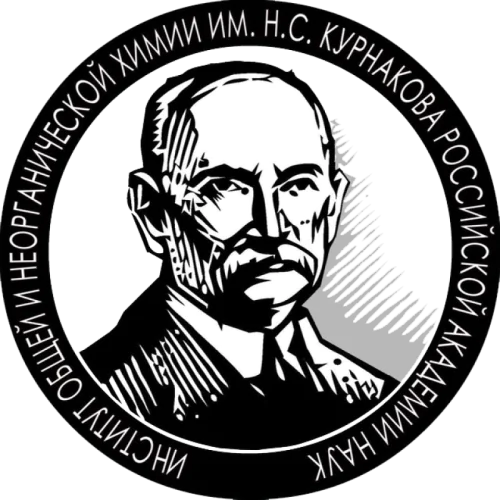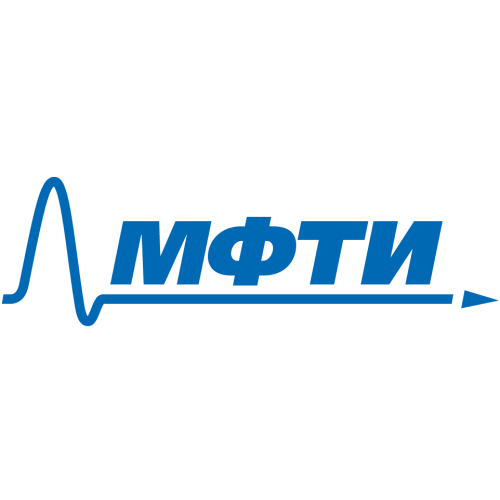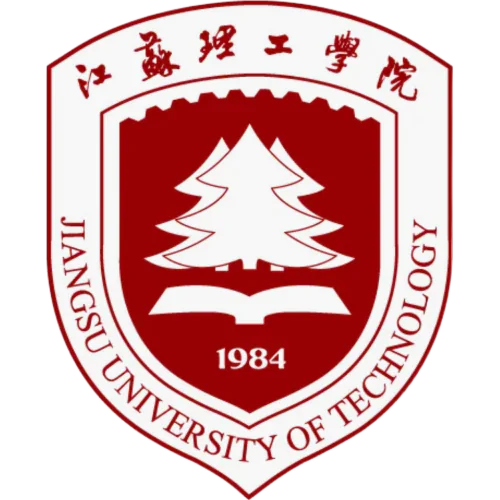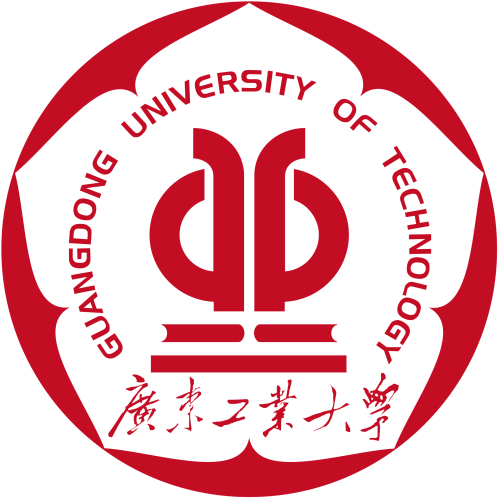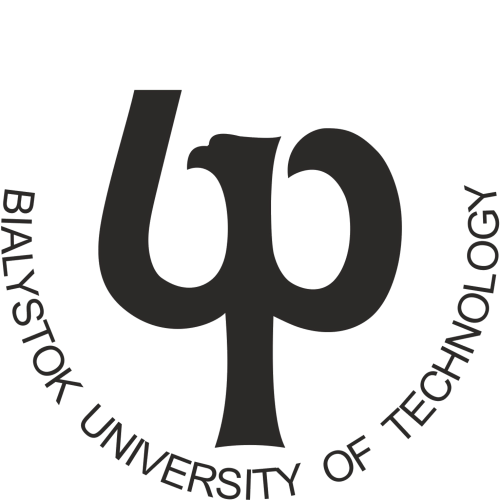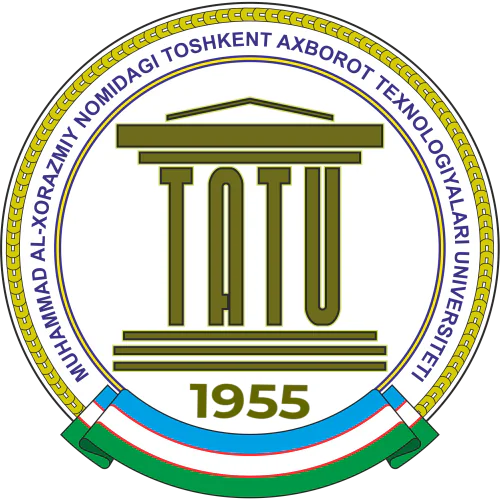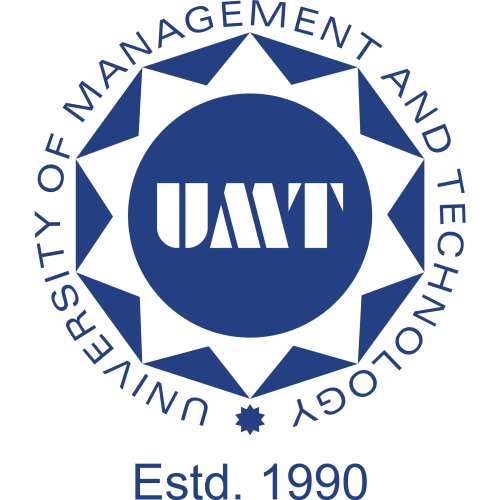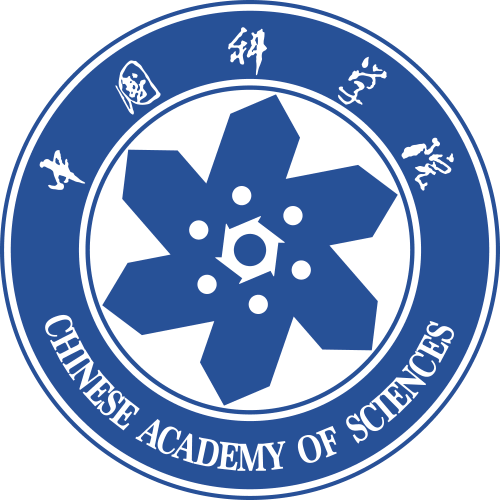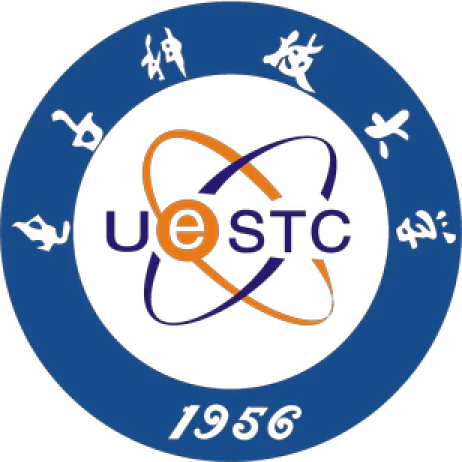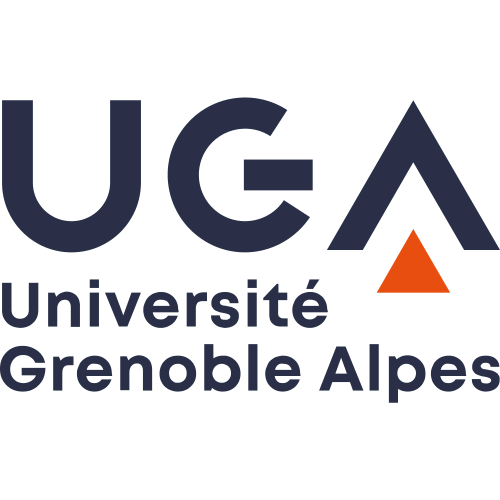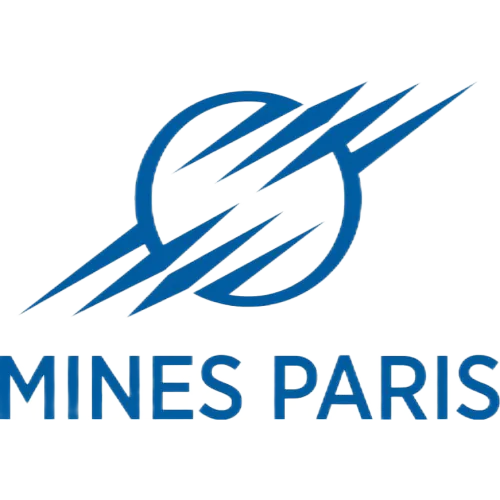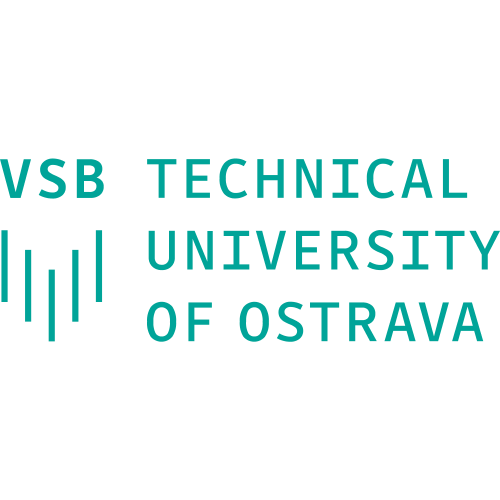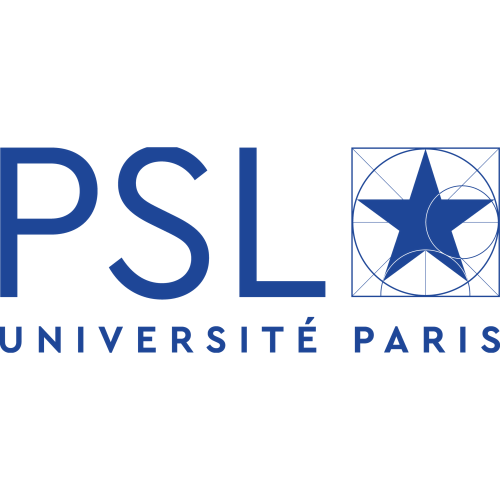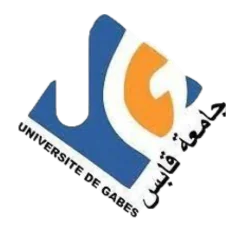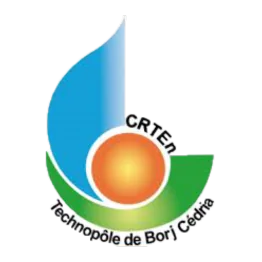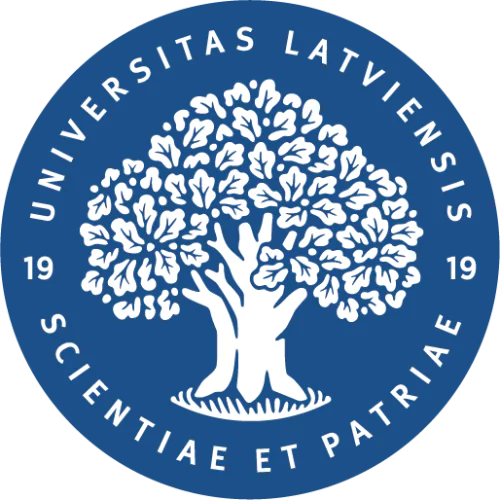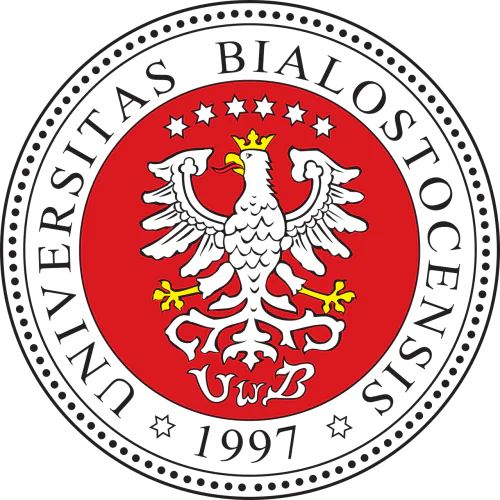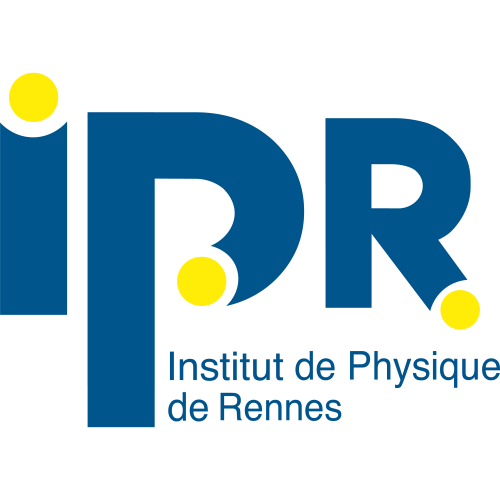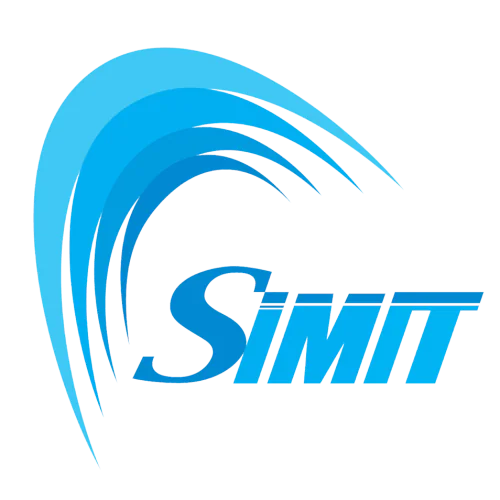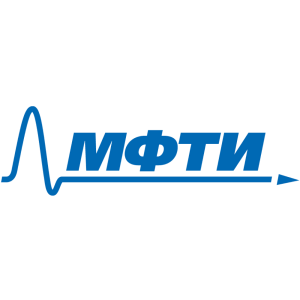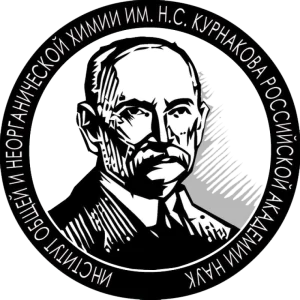Alexander Valeryevich Ermachikhin
PhD in Physics and Mathematics
🤝
🤝
Alexander is looking for opportunities for scientific collaboration
If you would like to do joint research with him/her, write a message or contact him/her on social media.
Authorization required.
Publications
48
Citations
91
h-index
5
Research interests
Education
Ryazan State Radio Engineering University
2011 — 2014,
Postgraduate, Electronics
Ryazan State Radio Engineering University
2005 — 2010,
Specialist, Electronics
Dissertations
2014,
Candidate , Физика полупроводников,
01.04.10
Found
Nothing found, try to update filter.
Found
Nothing found, try to update filter.
Found
Nothing found, try to update filter.
Total publications
48
Total citations
91
Citations per publication
1.9
Average publications per year
3.69
Average coauthors
4.17
Publications years
2013-2025 (13 years)
h-index
5
i10-index
0
m-index
0.38
o-index
6
g-index
7
w-index
0
Metrics description
h-index
A scientist has an h-index if h of his N publications are cited at least h times each, while the remaining (N - h) publications are cited no more than h times each.
i10-index
The number of the author's publications that received at least 10 links each.
m-index
The researcher's m-index is numerically equal to the ratio of his h-index to the number of years that have passed since the first publication.
o-index
The geometric mean of the h-index and the number of citations of the most cited article of the scientist.
g-index
For a given set of articles, sorted in descending order of the number of citations that these articles received, the g-index is the largest number such that the g most cited articles received (in total) at least g2 citations.
w-index
If w articles of a researcher have at least 10w citations each and other publications are less than 10(w+1) citations, then the researcher's w-index is equal to w.
Top-100
Fields of science
|
1
2
3
4
5
6
7
8
9
|
|
|
Condensed Matter Physics
|
Condensed Matter Physics, 9, 18.75%
Condensed Matter Physics
9 publications, 18.75%
|
|
Electronic, Optical and Magnetic Materials
|
Electronic, Optical and Magnetic Materials, 7, 14.58%
Electronic, Optical and Magnetic Materials
7 publications, 14.58%
|
|
General Materials Science
|
General Materials Science, 5, 10.42%
General Materials Science
5 publications, 10.42%
|
|
Physics and Astronomy (miscellaneous)
|
Physics and Astronomy (miscellaneous), 5, 10.42%
Physics and Astronomy (miscellaneous)
5 publications, 10.42%
|
|
General Physics and Astronomy
|
General Physics and Astronomy, 4, 8.33%
General Physics and Astronomy
4 publications, 8.33%
|
|
Atomic and Molecular Physics, and Optics
|
Atomic and Molecular Physics, and Optics, 4, 8.33%
Atomic and Molecular Physics, and Optics
4 publications, 8.33%
|
|
Instrumentation
|
Instrumentation, 4, 8.33%
Instrumentation
4 publications, 8.33%
|
|
Surfaces, Coatings and Films
|
Surfaces, Coatings and Films, 2, 4.17%
Surfaces, Coatings and Films
2 publications, 4.17%
|
|
Mechanical Engineering
|
Mechanical Engineering, 2, 4.17%
Mechanical Engineering
2 publications, 4.17%
|
|
General Engineering
|
General Engineering, 2, 4.17%
General Engineering
2 publications, 4.17%
|
|
Mechanics of Materials
|
Mechanics of Materials, 2, 4.17%
Mechanics of Materials
2 publications, 4.17%
|
|
General Medicine
|
General Medicine, 1, 2.08%
General Medicine
1 publication, 2.08%
|
|
Electrical and Electronic Engineering
|
Electrical and Electronic Engineering, 1, 2.08%
Electrical and Electronic Engineering
1 publication, 2.08%
|
|
General Energy
|
General Energy, 1, 2.08%
General Energy
1 publication, 2.08%
|
|
Applied Mathematics
|
Applied Mathematics, 1, 2.08%
Applied Mathematics
1 publication, 2.08%
|
|
Acoustics and Ultrasonics
|
Acoustics and Ultrasonics, 1, 2.08%
Acoustics and Ultrasonics
1 publication, 2.08%
|
|
1
2
3
4
5
6
7
8
9
|
Journals
|
1
2
3
4
|
|
|
Semiconductors
4 publications, 8.33%
|
|
|
Instruments and Experimental Techniques
3 publications, 6.25%
|
|
|
Technical Physics Letters
3 publications, 6.25%
|
|
|
Journal of Physics: Conference Series
2 publications, 4.17%
|
|
|
Journal Physics D: Applied Physics
2 publications, 4.17%
|
|
|
Technical Physics
2 publications, 4.17%
|
|
|
MRS Advances
2 publications, 4.17%
|
|
|
2017 International Conference on Noise and Fluctuations (ICNF)
2 publications, 4.17%
|
|
|
Measurement Techniques
1 publication, 2.08%
|
|
|
Journal of Surface Investigation
1 publication, 2.08%
|
|
|
Russian Physics Journal
1 publication, 2.08%
|
|
|
Eurasian Physical Technical Journal
1 publication, 2.08%
|
|
|
Journal of Physics Condensed Matter
1 publication, 2.08%
|
|
|
Journal of Vacuum Science and Technology A: Vacuum, Surfaces and Films
1 publication, 2.08%
|
|
|
IOP Conference Series: Materials Science and Engineering
1 publication, 2.08%
|
|
|
Physics of the Solid State
1 publication, 2.08%
|
|
|
Materials
1 publication, 2.08%
|
|
|
Journal of Nanoelectronics and Optoelectronics
1 publication, 2.08%
|
|
|
Vestnik of Ryazan State Radio Engineering University
1 publication, 2.08%
|
|
|
Physics of Complex Systems
1 publication, 2.08%
|
|
|
2015 International Siberian Conference on Control and Communications (SIBCON)
1 publication, 2.08%
|
|
|
2017 6th Mediterranean Conference on Embedded Computing (MECO)
1 publication, 2.08%
|
|
|
1
2
3
4
|
Citing journals
Publishers
|
2
4
6
8
10
12
14
|
|
|
Pleiades Publishing
14 publications, 29.17%
|
|
|
IOP Publishing
6 publications, 12.5%
|
|
|
Springer Nature
4 publications, 8.33%
|
|
|
Institute of Electrical and Electronics Engineers (IEEE)
4 publications, 8.33%
|
|
|
MDPI
1 publication, 2.08%
|
|
|
American Scientific Publishers
1 publication, 2.08%
|
|
|
E.A.Buketov Karaganda State University Publish House
1 publication, 2.08%
|
|
|
American Vacuum Society
1 publication, 2.08%
|
|
|
Ryazan State Radio Engineering University RSREU
1 publication, 2.08%
|
|
|
2
4
6
8
10
12
14
|
Organizations from articles
|
5
10
15
20
25
30
|
|
|
Ryazan State Radio Engineering University
29 publications, 60.42%
|
|
|
Organization not defined
|
Organization not defined, 18, 37.5%
Organization not defined
18 publications, 37.5%
|
|
Ryazan State University named after S. A. Esenin
7 publications, 14.58%
|
|
|
National Research University of Electronic Technology
4 publications, 8.33%
|
|
|
Saint Petersburg Electrotechnical University "LETI"
2 publications, 4.17%
|
|
|
Belarusian State University of Informatics and Radioelectronics
2 publications, 4.17%
|
|
|
Scientific and Practical Center for Materials Science of the National Academy of Sciences of Belarus
2 publications, 4.17%
|
|
|
Kurnakov Institute of General and Inorganic Chemistry of the Russian Academy of Sciences
1 publication, 2.08%
|
|
|
National Research Nuclear University MEPhI
1 publication, 2.08%
|
|
|
P.N. Lebedev Physical Institute of the Russian Academy of Sciences
1 publication, 2.08%
|
|
|
Ioffe Physical-Technical Institute of the Russian Academy of Sciences
1 publication, 2.08%
|
|
|
5
10
15
20
25
30
|
Countries from articles
|
5
10
15
20
25
30
35
40
45
|
|
|
Russia
|
Russia, 44, 91.67%
Russia
44 publications, 91.67%
|
|
Country not defined
|
Country not defined, 6, 12.5%
Country not defined
6 publications, 12.5%
|
|
Belarus
|
Belarus, 2, 4.17%
Belarus
2 publications, 4.17%
|
|
Germany
|
Germany, 1, 2.08%
Germany
1 publication, 2.08%
|
|
5
10
15
20
25
30
35
40
45
|
Citing organizations
|
2
4
6
8
10
12
14
16
18
20
|
|
|
Organization not defined
|
Organization not defined, 19, 20.88%
Organization not defined
19 citations, 20.88%
|
|
Ryazan State Radio Engineering University
13 citations, 14.29%
|
|
|
Tomsk State University
5 citations, 5.49%
|
|
|
Saint Petersburg Electrotechnical University "LETI"
5 citations, 5.49%
|
|
|
Belarusian State University of Informatics and Radioelectronics
5 citations, 5.49%
|
|
|
National Research University of Electronic Technology
5 citations, 5.49%
|
|
|
Ryazan State University named after S. A. Esenin
5 citations, 5.49%
|
|
|
Kurnakov Institute of General and Inorganic Chemistry of the Russian Academy of Sciences
4 citations, 4.4%
|
|
|
Institute of Semiconductor Physics of the Siberian Branch of the Russian Academy of Sciences
4 citations, 4.4%
|
|
|
Lomonosov Moscow State University
3 citations, 3.3%
|
|
|
Moscow Institute of Physics and Technology
3 citations, 3.3%
|
|
|
National Research Nuclear University MEPhI
3 citations, 3.3%
|
|
|
Scientific and Practical Center for Materials Science of the National Academy of Sciences of Belarus
3 citations, 3.3%
|
|
|
P.N. Lebedev Physical Institute of the Russian Academy of Sciences
2 citations, 2.2%
|
|
|
Ioffe Physical-Technical Institute of the Russian Academy of Sciences
2 citations, 2.2%
|
|
|
Institute for Physics of Microstructures of the Russian Academy of Sciences
2 citations, 2.2%
|
|
|
National Research Centre "Kurchatov Institute"
2 citations, 2.2%
|
|
|
Jiangsu University of Technology
2 citations, 2.2%
|
|
|
Guangdong University of Technology
2 citations, 2.2%
|
|
|
AGH University of Krakow
2 citations, 2.2%
|
|
|
University of Silesia in Katowice
2 citations, 2.2%
|
|
|
Bialystok University of Technology
2 citations, 2.2%
|
|
|
Smithsonian Institution
2 citations, 2.2%
|
|
|
A.V. Gaponov-Grekhov Institute of Applied Physics of the Russian Academy of Sciences
1 citation, 1.1%
|
|
|
ITMO University
1 citation, 1.1%
|
|
|
Lobachevsky State University of Nizhny Novgorod
1 citation, 1.1%
|
|
|
Peter the Great St. Petersburg Polytechnic University
1 citation, 1.1%
|
|
|
St Petersburg National Research Academic University of the Russian Academy of Sciences
1 citation, 1.1%
|
|

Institute of General and Inorganic Chemistry of the National Academy of Sciences of Belarus
1 citation, 1.1%
|
|
|
B. I. Stepanov Institute of Physics of the National Academy of Sciences of Belarus
1 citation, 1.1%
|
|
|
Francisk Skorina Gomel State University
1 citation, 1.1%
|
|
|
Gomel State Technical University
1 citation, 1.1%
|
|
|
Belarusian-Russian University
1 citation, 1.1%
|
|
|
Mogilev State A. Kuleshov University
1 citation, 1.1%
|
|
|
Tashkent University of Information Technologies named after Muhammad al-Khwarizmi
1 citation, 1.1%
|
|
|
National Polytechnic University of Armenia
1 citation, 1.1%
|
|
|
King Khalid University
1 citation, 1.1%
|
|
|
University of Tehran
1 citation, 1.1%
|
|
|
University of Management and Technology
1 citation, 1.1%
|
|
|
University of Chinese Academy of Sciences
1 citation, 1.1%
|
|
|
University of Cyprus
1 citation, 1.1%
|
|
|
Xi'an Jiaotong University
1 citation, 1.1%
|
|
|
University of Electronic Science and Technology of China
1 citation, 1.1%
|
|
|
Grenoble Alpes University
1 citation, 1.1%
|
|
|
Lulea University of Technology
1 citation, 1.1%
|
|
|
National Institute for Materials Science
1 citation, 1.1%
|
|
|
Lebanese American University
1 citation, 1.1%
|
|
|
North University of China
1 citation, 1.1%
|
|
|
École Nationale Supérieure des Mines de Paris
1 citation, 1.1%
|
|
|
Technical University of Ostrava
1 citation, 1.1%
|
|
|
NOVA University Lisbon
1 citation, 1.1%
|
|
|
Paris Sciences et Lettres
1 citation, 1.1%
|
|
|
Institute of Electrical Engineering, Chinese Academy of Sciences
1 citation, 1.1%
|
|
|
University of Gabès
1 citation, 1.1%
|
|
|
Research and Technology Center of Energy
1 citation, 1.1%
|
|
|
University College Cork (National University of Ireland, Cork)
1 citation, 1.1%
|
|
|
University of Latvia
1 citation, 1.1%
|
|
|
University of Galway
1 citation, 1.1%
|
|
|
University of Bialystok
1 citation, 1.1%
|
|
|
Technical University of Moldova
1 citation, 1.1%
|
|
|
Université Claude Bernard Lyon 1
1 citation, 1.1%
|
|
|
Université de Rennes
1 citation, 1.1%
|
|
|
Benemérita Universidad Autónoma de Puebla
1 citation, 1.1%
|
|
|
Institut polytechnique de Grenoble
1 citation, 1.1%
|
|
|
Institut National des Sciences Appliquées de Rennes
1 citation, 1.1%
|
|
|
University of Caen Normandy
1 citation, 1.1%
|
|
|
Institut de Physique de Rennes
1 citation, 1.1%
|
|
|
Université de Montréal
1 citation, 1.1%
|
|
|
Shanghai Institute of Microsystem and Information Technology, Chinese Academy of Sciences
1 citation, 1.1%
|
|
|
2
4
6
8
10
12
14
16
18
20
|
|
Citing countries
|
5
10
15
20
25
30
35
40
45
|
|
|
Russia
|
Russia, 45, 49.45%
Russia
45 citations, 49.45%
|
|
China
|
China, 7, 7.69%
China
7 citations, 7.69%
|
|
France
|
France, 5, 5.49%
France
5 citations, 5.49%
|
|
Belarus
|
Belarus, 5, 5.49%
Belarus
5 citations, 5.49%
|
|
Country not defined
|
Country not defined, 3, 3.3%
Country not defined
3 citations, 3.3%
|
|
Ukraine
|
Ukraine, 2, 2.2%
Ukraine
2 citations, 2.2%
|
|
USA
|
USA, 2, 2.2%
USA
2 citations, 2.2%
|
|
India
|
India, 2, 2.2%
India
2 citations, 2.2%
|
|
Ireland
|
Ireland, 2, 2.2%
Ireland
2 citations, 2.2%
|
|
Poland
|
Poland, 2, 2.2%
Poland
2 citations, 2.2%
|
|
Japan
|
Japan, 2, 2.2%
Japan
2 citations, 2.2%
|
|
Germany
|
Germany, 1, 1.1%
Germany
1 citation, 1.1%
|
|
Portugal
|
Portugal, 1, 1.1%
Portugal
1 citation, 1.1%
|
|
Armenia
|
Armenia, 1, 1.1%
Armenia
1 citation, 1.1%
|
|
Iran
|
Iran, 1, 1.1%
Iran
1 citation, 1.1%
|
|
Canada
|
Canada, 1, 1.1%
Canada
1 citation, 1.1%
|
|
Kenya
|
Kenya, 1, 1.1%
Kenya
1 citation, 1.1%
|
|
Cyprus
|
Cyprus, 1, 1.1%
Cyprus
1 citation, 1.1%
|
|
Latvia
|
Latvia, 1, 1.1%
Latvia
1 citation, 1.1%
|
|
Lebanon
|
Lebanon, 1, 1.1%
Lebanon
1 citation, 1.1%
|
|
Mexico
|
Mexico, 1, 1.1%
Mexico
1 citation, 1.1%
|
|
Moldova
|
Moldova, 1, 1.1%
Moldova
1 citation, 1.1%
|
|
Pakistan
|
Pakistan, 1, 1.1%
Pakistan
1 citation, 1.1%
|
|
Saudi Arabia
|
Saudi Arabia, 1, 1.1%
Saudi Arabia
1 citation, 1.1%
|
|
Tunisia
|
Tunisia, 1, 1.1%
Tunisia
1 citation, 1.1%
|
|
Uzbekistan
|
Uzbekistan, 1, 1.1%
Uzbekistan
1 citation, 1.1%
|
|
Czech Republic
|
Czech Republic, 1, 1.1%
Czech Republic
1 citation, 1.1%
|
|
Sweden
|
Sweden, 1, 1.1%
Sweden
1 citation, 1.1%
|
|
5
10
15
20
25
30
35
40
45
|
- We do not take into account publications without a DOI.
- Statistics recalculated daily.
This section displays the profiles of scientists registered on the platform. To display the full list, invite your colleagues to register.
Александр Антонович Корнилович, Владимир Георгиевич Литвинов, Александр Валерьевич Ермачихин, Дмитрий Сергеевич Кусакин
RU2538073C2,
2014
Александр Антонович Корнилович, Владимир Георгиевич Литвинов, Александр Валерьевич Ермачихин, Дмитрий Сергеевич Кусакин
RU2534382C1,
2014
Company/Organization
Position
Researcher
Employment type
Part time
Years
2023 —
present
Company/Organization
Position
Senior researcher
Employment type
Part time
Years
2015 —
present
Company/Organization
Position
Associate professor
Employment type
Part time
Years
2015 —
present




















